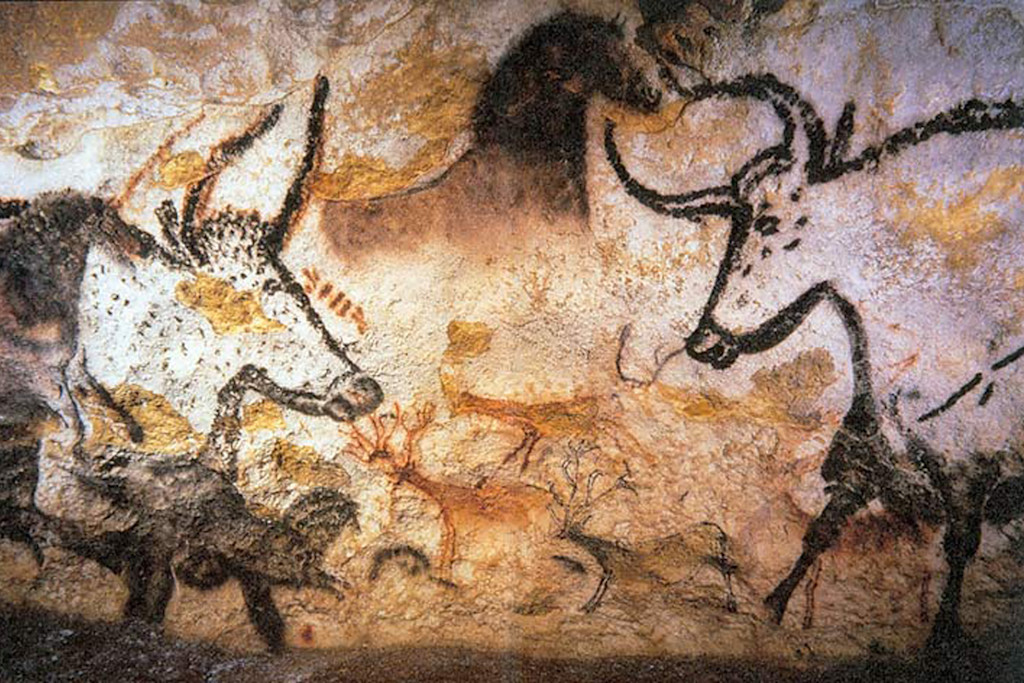
24 April 2021 | Tourism, UNESCO
Lascaux cave near Montignac
The Lascaux cave discovered in September 1940 by 4 teenagers, descended into the prehistoric cave and discovered there cave paintings made by Paleolithic man more than 17,000 years ago. Visitors can now visit a replica of the Lascaux cave, which opened to the public in December 2016. The original Lascaux cave is a closed site allowing prehistoric cave paintings to remain intact. The cave became a UNESCO World Heritage Site in 1979.
Official website: https://www.lascaux.fr
The discovery of Lascaux
In September 1940, Marcel Ravidat discovered a hole in the hill of Lascaux. He returns to the square on September 12 with Gorge Agniel, Simon Coencas and Jacques Marsal. The four young men enlarge the hole and manage to slip inside using a lamp and have discovered the paintings of our Cro-Magnon ancestors.
The art of Cro Magnon
Cro-Magnon is one of the first artists of humanity. Even today, we admire the works they were able to achieve and the ingenious use of media. The techniques of drawing, painting, engraving, very accomplished sculpture and Cro Magnon uses according to the supports on which he works to obtain the best effects. Cro-Magnon combines all his techniques together to magnify his artistic expression. The works mostly represent animals, human representations are rarer (Grotte du Sorcier). Cro-Magnon also left many tools, everyday objects visible at the National Museum of Prehistory in Les Eyzies.
A strong commitment
The State brings a strong financial commitment which makes it possible to meet several objectives. In particular research intended to better understand the biological and climatic landscape of the cave and to promote a better knowledge of the phenomena likely to alter it. The studies carried out have made it possible to advance in the knowledge of the cave and its functioning, as well as its environmental sensitivity.
How did prehistoric men paint?
They chose a crumbly stone, their paint was indeed ore powder mixed with water, they used pieces of charcoal, brushes made of animal hair and grass pads.
Visite virtuelle de la grotte
You will have the opportunity to visit the Lascaux Cave for free and virtually.
